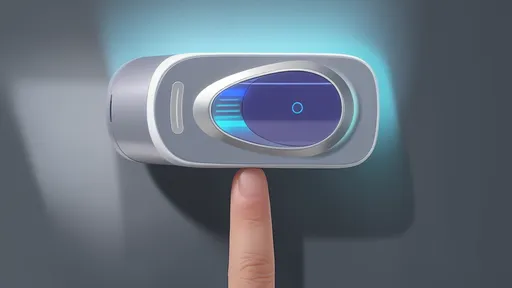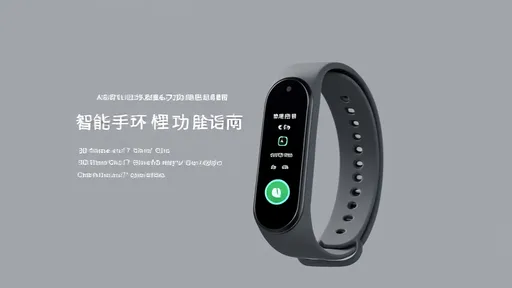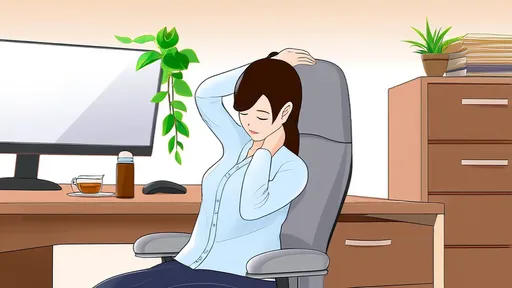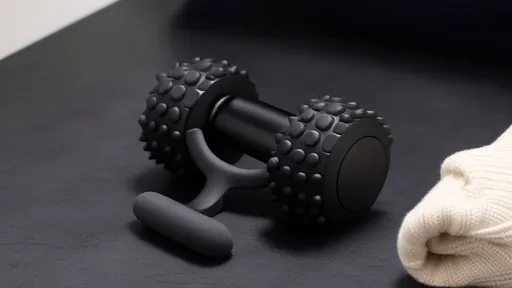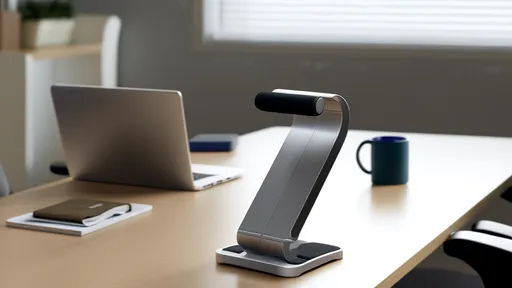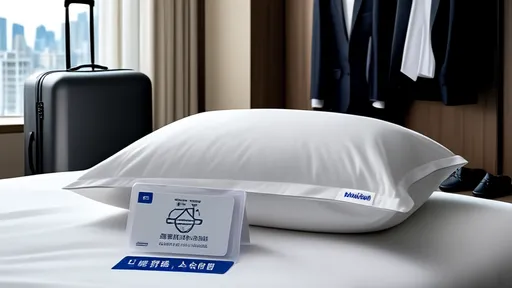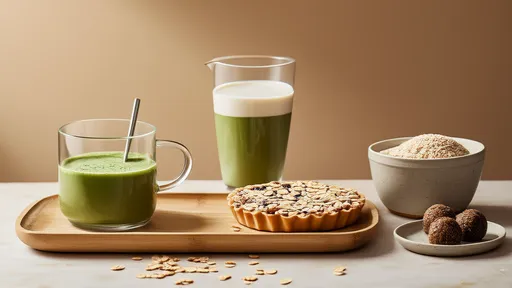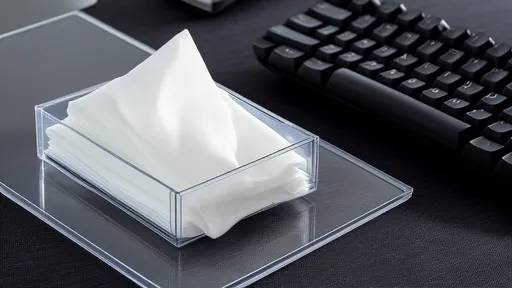Afternoon tea is a beloved ritual for many, offering a moment of respite in the midst of a busy day. However, traditional afternoon tea spreads often lean heavily on sugary treats, refined carbohydrates, and calorie-laden snacks. For those seeking a healthier approach without sacrificing flavor or satisfaction, there are plenty of nutritious alternatives that can transform this daily indulgence into a nourishing experience.
The foundation of a healthier afternoon tea lies in mindful ingredient choices. Instead of reaching for store-bought biscuits or pastries, consider homemade options that prioritize whole foods. Oatmeal cookies sweetened with mashed bananas or dates, for instance, provide fiber and natural sweetness without the blood sugar spike. Similarly, swapping white bread sandwiches for whole-grain or seed-based crackers topped with avocado or hummus adds healthy fats and protein to keep energy levels steady.
Beverages play a crucial role in afternoon tea, and here too, small changes can make a big difference. While a classic cup of black tea with sugar and milk is comforting, herbal infusions like chamomile or peppermint offer hydration without caffeine. For those who enjoy something creamy, golden milk made with turmeric, ginger, and almond milk provides anti-inflammatory benefits. Even a simple switch from sugary sodas to sparkling water with a splash of citrus can significantly reduce empty calories.
Fresh fruits are nature’s perfect sweet treats and deserve a starring role in any health-conscious afternoon tea. A colorful platter of seasonal berries, sliced apples with nut butter, or even frozen grapes for a refreshing twist can satisfy sweet cravings while delivering vitamins and antioxidants. Pairing fruit with a handful of raw nuts or a small piece of dark chocolate creates a balanced snack that feels indulgent yet nourishing.
Savory options need not be dull or restrictive. Roasted chickpeas seasoned with smoked paprika or rosemary make for a crunchy, protein-packed alternative to chips. Mini frittatas baked with vegetables and herbs offer a protein boost, while cucumber slices topped with cottage cheese and dill provide a light yet satisfying bite. These choices not only keep hunger at bay but also contribute to daily nutrient intake.
For those with a penchant for baking, experimenting with alternative flours and sweeteners can yield delicious results. Almond flour or coconut flour can replace refined white flour in scones or muffins, adding healthy fats and a richer texture. Natural sweeteners like maple syrup or honey, used in moderation, lend depth of flavor while avoiding the pitfalls of processed sugars. Adding ingredients like zucchini or carrots to baked goods sneaks in extra vegetables without compromising taste.
The social aspect of afternoon tea need not be lost in the pursuit of healthier choices. Sharing a pot of fragrant herbal tea with friends or family while enjoying thoughtfully prepared snacks can be just as enjoyable as traditional high tea. The key lies in focusing on quality ingredients, balanced flavors, and the pleasure of mindful eating. Over time, these healthier alternatives may even become preferred favorites, proving that nourishment and indulgence can happily coexist.
Ultimately, transforming afternoon tea into a health-supportive ritual is about creativity and balance rather than deprivation. By incorporating whole, nutrient-dense foods and being mindful of portion sizes, this daily break can become an opportunity to fuel the body and delight the senses. Whether enjoyed alone as a moment of self-care or shared as a social occasion, a revitalized afternoon tea can be both wholesome and deeply satisfying.
Pulse oximeters have become indispensable tools in modern healthcare, particularly in monitoring oxygen saturation levels non-invasively. However, one common challenge users face is nail interference, which can skew readings and lead to inaccurate results. Understanding how to mitigate this issue is crucial for both medical professionals and individuals relying on these devices for health monitoring.
The pharmaceutical industry has undergone significant transformations in recent years, with one of the most notable advancements being the implementation of drug traceability systems. These systems, often centered around unique identification codes known as drug traceability codes, have become a cornerstone in ensuring the safety, authenticity, and transparency of pharmaceutical products. The ability to track a drug's journey from manufacturing to consumption has not only bolstered consumer confidence but also streamlined regulatory compliance and supply chain management.
The rise of digital healthcare credentials has brought unprecedented convenience to patients worldwide, but it has also opened new avenues for fraudsters. Electronic medical insurance certificates, designed to streamline access to healthcare services, have become a prime target for sophisticated cybercriminals. This phenomenon isn't isolated to any particular region—from Beijing to Boston, healthcare systems are witnessing an alarming increase in digital credential theft.
The rise of telemedicine has transformed how patients access healthcare, with online consultations becoming increasingly common. One critical aspect of virtual visits that often goes overlooked is the quality of medical photos patients submit. Clear, well-composed images can make the difference between an accurate remote diagnosis and unnecessary follow-up appointments. As patients take more responsibility for documenting their health concerns through photography, mastering a few fundamental techniques becomes essential.
The growing reliance on health apps has brought privacy and security concerns to the forefront. As these applications collect sensitive data—ranging from heart rate and sleep patterns to medical history and GPS locations—users and regulators alike are questioning how this information is managed. The permissions granted to health apps often determine the extent of data access, making it crucial to establish robust strategies for permission management.
In today’s fast-paced world, many of us find ourselves glued to our desks for hours on end, often losing track of time until stiffness or discomfort sets in. Sedentary behavior has become a silent health hazard, linked to a range of issues from poor posture to increased risk of chronic diseases. Fortunately, wearable technology like fitness bands has stepped in to combat this modern-day problem. One of the most valuable features these devices offer is the sedentary reminder—a gentle nudge to get up and move. But simply enabling the feature isn’t enough; understanding how to optimize its settings can make the difference between a helpful tool and an ignored alert.
The modern pace of life has made fast food an unavoidable part of our dietary landscape. While nutritionists consistently warn about the health consequences of regular fast food consumption, the reality is that most people will find themselves eating these convenient meals more often than they'd like to admit. Rather than moralizing about avoidance, a more practical approach focuses on mitigation - how to nutritionally rescue your body after fast food consumption.
In our screen-dominated world, eye fatigue has become an epidemic. The constant glare from digital devices leaves millions rubbing their temples and squinting through blurred vision. While artificial tears and blue light glasses offer temporary relief, traditional Chinese medicine presents an intriguing alternative – acupressure for eye strain. This ancient healing art teaches that strategic finger pressure along meridian pathways can dissolve tension, improve circulation, and restore visual clarity without medications.
Air-conditioned rooms provide comfort during hot weather, but they often come with an unintended side effect: dry nasal passages. The constant circulation of cooled air tends to strip moisture from the environment, leaving many people struggling with irritation, congestion, or even nosebleeds. Understanding how to maintain nasal hydration in such conditions is essential for both comfort and health.
For those who spend long hours sitting at a desk or in front of a computer, the struggle with stiff calves and poor circulation is all too real. The modern sedentary lifestyle has given rise to a generation of "desk-bound professionals" who often neglect the importance of movement. Enter the calf massage roller—a simple yet effective tool designed to alleviate tension, improve blood flow, and restore mobility to overworked lower legs.
In today's fast-paced corporate environment, telephone conferences have become an indispensable part of daily work routines. However, the prolonged hours spent hunched over phones or laptops during these virtual meetings have given rise to a silent epidemic: chronic neck and shoulder pain. As awareness grows about the physical toll of our digital work habits, a new category of ergonomic solutions has emerged – the telephone conference neck support brace.
Business travel often comes with its own set of challenges, and one of the most overlooked yet critical aspects is the quality of sleep. Hotels, aware of this, have started paying closer attention to their pillow offerings. The way hotels handle pillows can significantly impact a guest's experience, and many are now adopting innovative approaches to ensure comfort and hygiene.
Afternoon tea is a beloved ritual for many, offering a moment of respite in the midst of a busy day. However, traditional afternoon tea spreads often lean heavily on sugary treats, refined carbohydrates, and calorie-laden snacks. For those seeking a healthier approach without sacrificing flavor or satisfaction, there are plenty of nutritious alternatives that can transform this daily indulgence into a nourishing experience.
The modern workplace can be a breeding ground for stress, and often, the state of our physical surroundings mirrors our mental clutter. Nowhere is this more evident than in the humble desk drawer—a microcosm of chaos for many professionals. The concept of drawer decompression organizing isn’t just about tidying up; it’s a tactile form of self-care that bridges the gap between productivity and mental well-being.
In today’s fast-paced digital world, keyboards have become an essential part of our daily lives. Whether at work, school, or home, we rely on them for communication, productivity, and entertainment. However, what many people overlook is the fact that keyboards can harbor a surprising amount of germs and bacteria. Studies have shown that keyboards can be dirtier than toilet seats, making regular cleaning a necessity. One effective and convenient solution for maintaining keyboard hygiene is the use of disinfecting wipes. These wipes are specially designed to clean and sanitize surfaces without causing damage, making them ideal for electronic devices.
